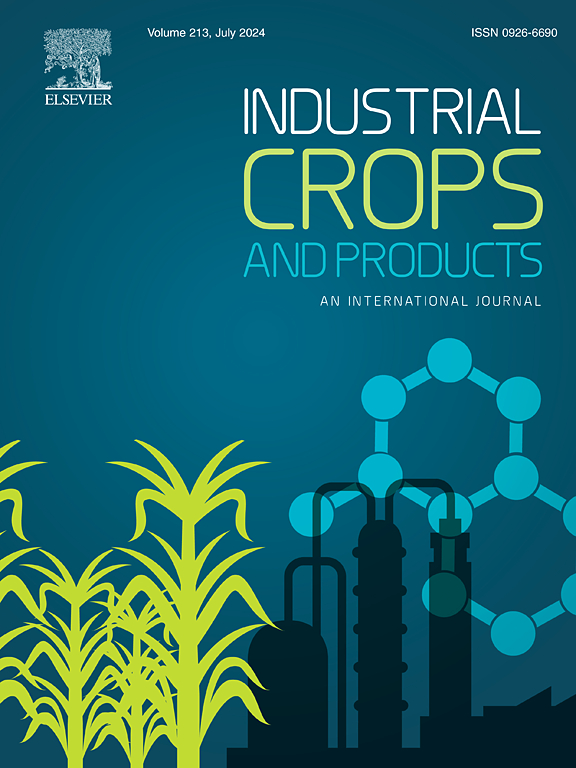Prediction and quality zoning of potentially suitable areas for Panax notoginseng cultivation using MaxEnt and random forest algorithms in Yunnan Province, China
IF 5.6
1区 农林科学
Q1 AGRICULTURAL ENGINEERING
引用次数: 0
Abstract
Panax notoginseng, a regionally authentic medicinal material of Yunnan Province, contributes over 50 % of the total output value of the province's traditional Chinese medicine industry. However, long-term continuous cropping has led to the accumulation of soil pathogens and autotoxic substances, triggering a vicious cycle of "expanded cultivation, ecological degradation, and quality deterioration," which threatens the sustainability of both the industry and land ecosystems. To optimize cultivation layout and habitat management and thereby mitigate this challenge, this study integrates field surveys and experimental data with MaxEnt and Random Forest algorithms to predict and perform quality zoning for potentially suitable areas for P. notoginseng cultivation in Yunnan. The results reveal four key findings:(1) 23.26 % of Yunnan Province is suitable for P. notoginseng cultivation, with significant spatial heterogeneity. Within this suitable area, high-suitability areas (21.53 %) are concentrated in western and southwestern Wenshan, central and eastern Honghe, and the tri-junction of Honghe, Qujing, and Kunming; moderate- and low-suitability areas account for 30.92 % and 47.55 %, respectively, forming radial patterns around high-suitability areas. (2) The optimal ecological niche for P. notoginseng growth combines medium-elevation gentle slopes, mild annual temperature fluctuations, and buffered precipitation during the driest quarter. (3) A habitat characterized by medium elevation, high humidity, low solar radiation, and small diurnal temperature variations promotes saponin accumulation in taproots. (4) Quality regionalization based on total saponin content identifies high-, medium-, and general-quality zones occupying 26.69 %, 37.38 %, and 35.93 % of suitable cultivation areas, respectively. Notably, spatial mismatches exist between suitability and quality distributions, necessitating targeted cultivation strategies to align production with ecological potential. The findings of this study can provide a scientific basis for optimizing planting layouts and habitat management, which helps alleviate the vicious cycle induced by continuous cropping obstacles and promotes coordinated development between genuine medicinal material industries and land ecosystems.
求助全文
约1分钟内获得全文
求助全文
来源期刊

Industrial Crops and Products
农林科学-农业工程
CiteScore
9.50
自引率
8.50%
发文量
1518
审稿时长
43 days
期刊介绍:
Industrial Crops and Products is an International Journal publishing academic and industrial research on industrial (defined as non-food/non-feed) crops and products. Papers concern both crop-oriented and bio-based materials from crops-oriented research, and should be of interest to an international audience, hypothesis driven, and where comparisons are made statistics performed.
 求助内容:
求助内容: 应助结果提醒方式:
应助结果提醒方式:


